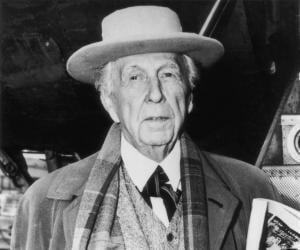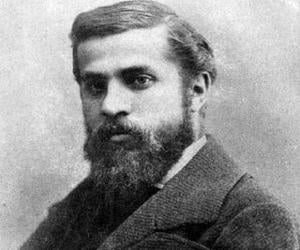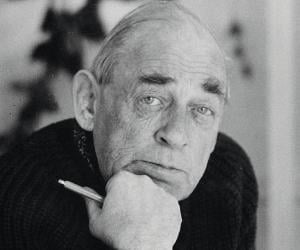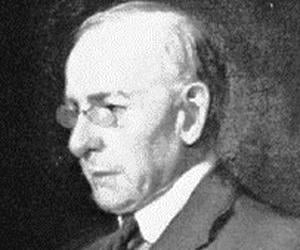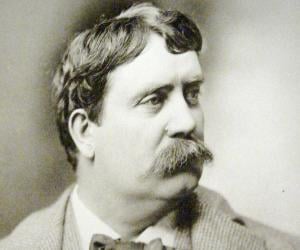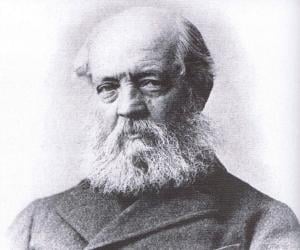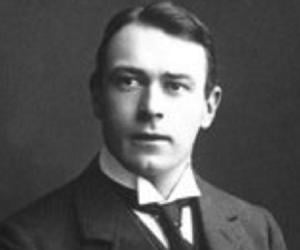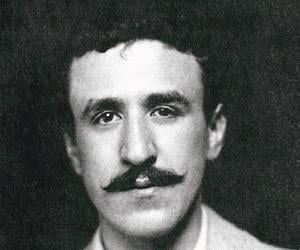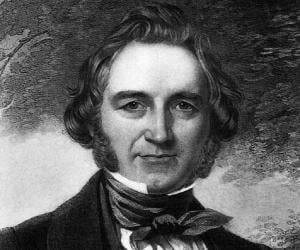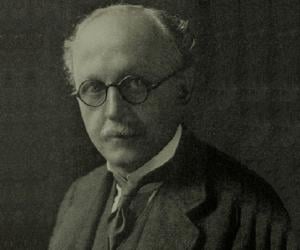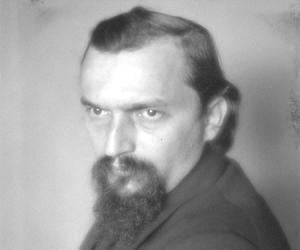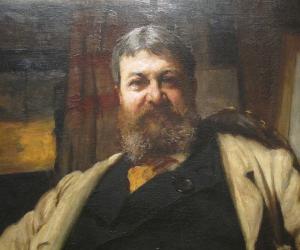Frank Lloyd Wright was an American architect who designed over 1,000 structures in a career spanning 70 years. A pioneer of organic architecture, Wright influenced three generations of architects by playing a critical role in the 20th century's architectural movements. His structure Fallingwater is called America's best architectural work and Wright is considered the greatest architect America has ever produced.
Finnish architect Alvar Aalto initially had his studies interrupted by the Finnish Civil War, which saw him fighting for the White Army. His first architectural design was for his parents’ house. He had experimented with furniture and glassware, too. His works showcase a move from classicism to functionalism.
Louis Sullivan was an architect who became only the second person to be honored with a posthumous AIA Gold Medal. Dubbed the father of modernism and the father of skyscrapers, Sullivan contributed immensely to the Chicago School of architecture. He is also credited with mentoring Frank Lloyd Wright who went on to become a respected architect in his own right.
American architect Daniel Burnham was one of the pioneering designers of the skyscrapers that populate cities such as Chicago. Part of the Beaux-Arts movement, he had been the director of the World’s Columbian Exposition. He also formed his own firm, Burnham & Root with John Wellborn Root.
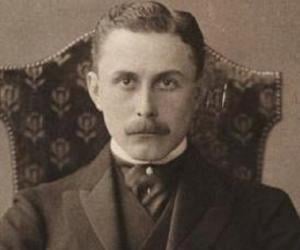
Austrian architect Adolf Loos is often compared to American architect Frank Lloyd Wright in terms of his contribution. Loos believed architecture shouldn’t contain the extra elements and ornaments promoted by Art Nouveau. Mostly known for his residential projects, he built modern buildings such as the Goldman and Salatsch Building.
Frederick Law Olmsted was an American journalist, landscape architect, public administrator, and social critic. Dubbed the father of American landscape architecture, Frederick was responsible for co-designing several well-known urban parks including Walnut Hill Park, Prospect Park, Cadwalader Park, and Central Park. He is also remembered for his work on the landscape encircling the US Capitol building.
Charles Rennie Mackintosh was a Scottish architect, designer, and artist. He was married to fellow artist Margaret Macdonald, and they both were influential on the European design movements Art Nouveau and Secessionism. Mackintosh is considered one of the most important figures of Modern Style (British Art Nouveau style). In his later years, he worked largely as a watercolorist.
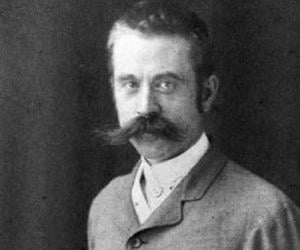
Stanford White was an American architect who designed several important monuments including the Washington Square Arch. He also helped construct Nikola Tesla's Wardenclyffe Tower, which happens to be his last design. Although White was an influential and prominent designer of his time, he is best remembered for his illicit relationship with Evelyn Nesbit which has inspired several works of art.
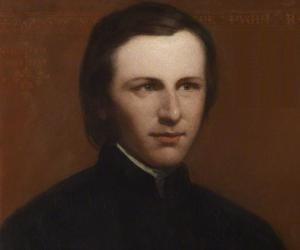
Augustus Pugin was an English designer, architect, artist, and critic. He is best remembered for his contribution to the Gothic Revival style of architecture. He is credited with designing the interior of the popular Palace of Westminster in London as well as the palace's iconic clock tower. Augustus Pugin also designed the Alton Castle in Staffordshire.
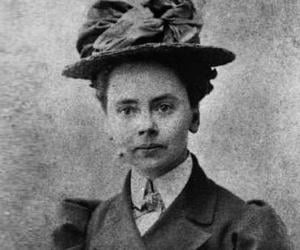
Julia Morgan was an American engineer and architect who is credited with designing over 700 buildings in California. She was the first woman to study at the Beaux-Arts de Paris and the first woman to be honored with the AIA Gold Medal, which was conferred upon her posthumously. She also received a posthumous induction into the California Hall of Fame.
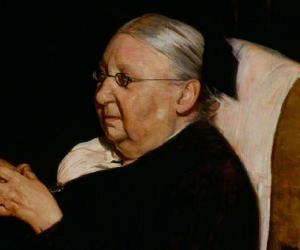
Landscape architect Gertrude Jekyll was born into an affluent family and grew up in a refined environment, learning music and traveling. Initially interested in painting, she gave it up to focus on gardening when she developed eyesight problems. She built around 400 gardens and also collaborated with Sir Edwin Lutyens.
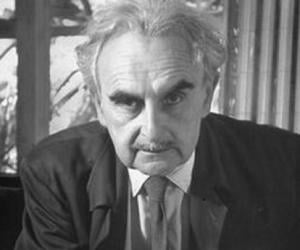
Born into an affluent Austro-Hungarian family, Richard Neutra later moved to the U.S. Best known for imparting the International Style in American architecture, he had previously worked on an award-winning project in Palestine. He created iconic buildings such as the Lovell House and also penned books such as Survival Through Design.
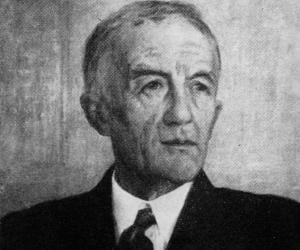
Herbert Baker was a British architect best remembered for shaping South African architecture during the 1890s and 1900s. He is also credited with designing some of the most notable government buildings in New Delhi. His work in Delhi, which includes the Parliament House and Viceroy's House, played a major role in establishing the city as the capital of British India.
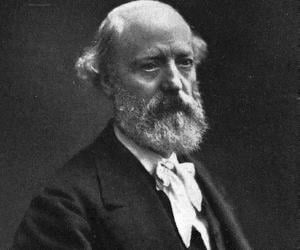
Eugène Viollet-le-Duc was a French architect and author. He is credited with restoring prominent medieval landmarks in France, including iconic buildings which had been damaged during the French Revolution. He restored Notre-Dame de Paris and the Basilica of Saint-Denis, among others. He is regarded as the first theorist of modern architecture and wrote extensively on the subject.
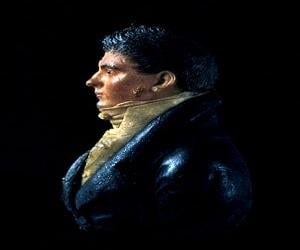
Landscape gardener Joseph Paxton initially worked for the duke of Devonshire, serving as a head gardener at the duke’s Chatsworth estate. However, his greatest contribution perhaps remains the Crystal Palace for the 1851 Great Exhibition in London. He also represented Coventry as a member of parliament.
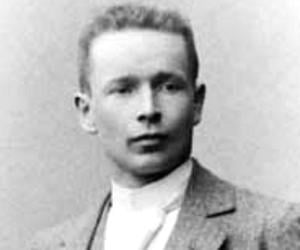
Finnish-American architect Eliel Saarinen was a prominent architect of Finland. He later moved to the US where he influenced modern architecture. He also collaborated with son Eero, a leading American architect. Notable buildings designed by Eliel, known for his designs in Art Nouveau style, includes Helsinki Central Station and Joensuu City Hall in Finland; and St Paul's Church in Estonia.
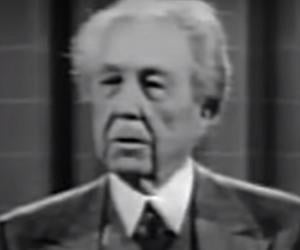
American architect Lloyd Wright is best remembered for his Prairie style of architecture predominant in the 20th-century American residential buildings. A proponent of organic architecture, he also delivered talks on architecture. He made headlines when a staff set fire to his Taliesin studio and murdered seven people.
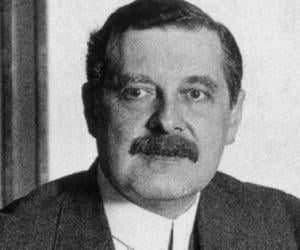
Considered one of the pioneers of industrial design, German architect Peter Behrens had built his own house and all his furniture at the Darmstadt artists’ colony. The AEG Turbine Factory was one of his best-known works, and he had also designed their electric fans, lamps, and retail shops.
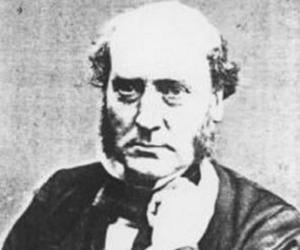
George Gilbert Scott was a British architect best remembered for his contribution to the Gothic Revival style of architecture. Scott is credited with designing and altering over 800 buildings, including several churches and cathedrals. He served as the architect of several iconic edifices like The St. Pancras Renaissance London Hotel, The Foreign and Commonwealth Office, and St Mary's Cathedral, Glasgow.
Known for his planning of the city of New Delhi, the capital of India, English architect Edwin Lutyens had also built many English buildings, including war memorials and country houses. An area in Delhi has been named after him. Among his notable works was the Viceroy's House, which is now the Rashtrapati Bhavan.

Architect Richard Morris Hunt is largely credited with bringing in the French Beaux-Arts style to the U.S. He was also a major force behind the formation of the American Institute of Architects. His creations include the Metropolitan Museum of Art’s façade and the Statue of Liberty’s pedestal.
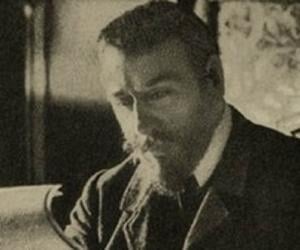
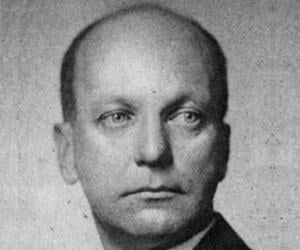
Giles Gilbert Scott was a British architect best remembered for his work on popular edifices like the New Bodleian Library, Liverpool Cathedral, Battersea Power Station, and Cambridge University Library. He is also credited with designing the archetypical red telephone box.
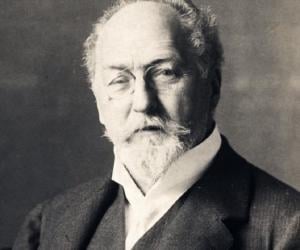
Austrian urban architect and furniture designer Otto Wagner started his career in line with the Neo-Renaissance style but later made pioneering contributions to the modern architectural movement in Europe. A major figure of both the Vienna Secession and the Art Nouveau, he built iconic buildings such as the Postal Savings Bank.
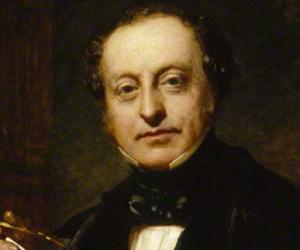
Architect Sir Charles Barry was one of the significant figures of the Gothic Revival in England and is best known for his work on the rebuilding of the Palace of Westminster, or the Houses of Parliament. He also built King Edward’s School, the Athenaeum, and several gardens, among other major structures.
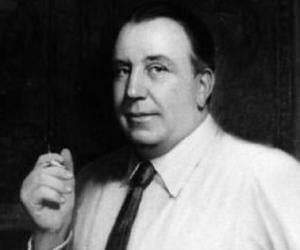
Society Architect Addison Mizner is remembered for designing resorts and Palm Beach mansions for the rich. He developed much of Boca Raton and also designed structures such as the Everglades Club and John F. Kennedy's Winter White House. His designs remain archived at the Society of the Four Arts Library.
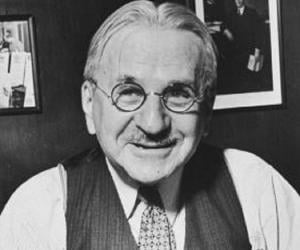
Foremost industrial architect and planner of his time, Albert Kahn began his career as an apprentice under a leading Michigan architect. Having little schooling, he mostly learned on the job, eventually establishing his own company, designing most of the large automobile companies in USA, including the Ford River Rouge automobile complex. Working abroad, he also designed 521 factories in U.S.S.R.
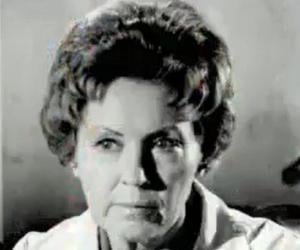
One of the first female architects from Austria, Lilia Skala later also became a reputed actor, winning an Academy Award nomination for her film Lilies of the Field. She had also worked in Broadway plays such as Letters to Lucerne and in soaps such as Claudia: The Story of a Marriage.
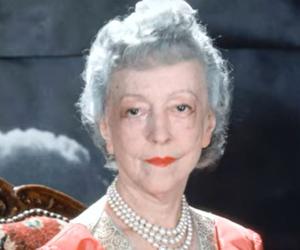
One of the first female interior designers of her time, Elsie de Wolfe was largely known for her anti-Victorian elements in her designs. She was also a professional stage actor and had also launched her own theater company. Her works include the Colony Club, New York’s first women’s club.
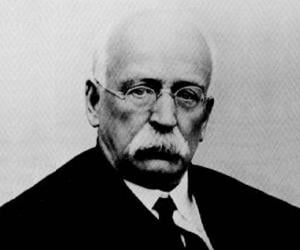
Ebenezer Howard was a British urban planner best remembered for his book Garden Cities of To-morrow. The book gave rise to the establishment of the garden city movement, which in turn influenced the development of several garden cities like Letchworth Garden City and Welwyn Garden City.
Ivan Meštrović was a Croatian architect, sculptor, and writer. Counted among the most important Croatian sculptors of the modern era, Ivan Meštrović is sometimes credited with taking Croatian arts to the world stage. He also had a strong artistic influence on Serbia where many streets are named in his honor.
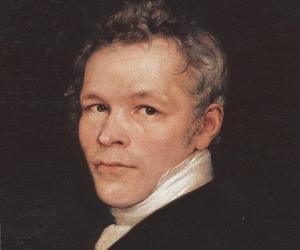
Karl Friedrich Schinkel was a Prussian painter, city planner, and architect. One of the most important architects of Germany, Schinkel designed both neogothic and neoclassical buildings. Apart from designing buildings, Karl Friedrich Schinkel also designed stage sets and furniture.
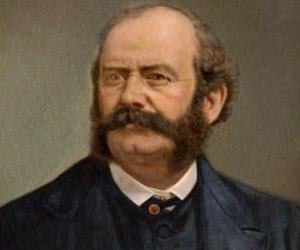
William Burges was a British architect and designer best remembered for building castles like Cardiff Castle and Castell Coch. Apart from designing castles, churches, and houses, William Burges also designed sculptures, metalwork, furniture, jewelry, and stained glass.
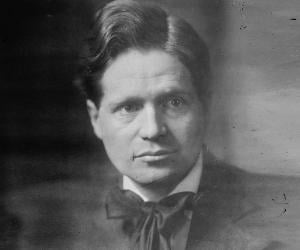
American architect Walter Burley Griffin is best known for designing cities such as Canberra, Griffith, and Leeton. His early projects were inspired by the Prairie house style. He is also believed to have developed the concept of the L-shaped floor plan. He died in India, while working on his commissions.
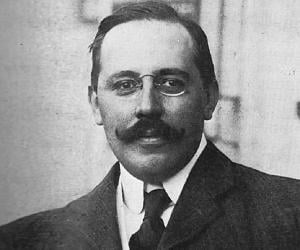
Architect Josef Hoffmann was one of the pioneering figures of the Vienna Sezession. He also supported the British Arts and Crafts Movement and helped in setting up the Vienna Workshop, serving as its director for 30 years. He was later made the city architect of Vienna.
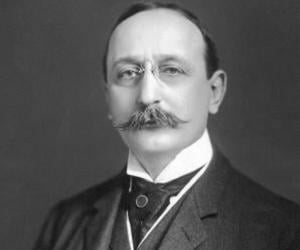
Architect Henry Hobson Richardson is best remembered for introducing what later came to be known as Richardsonian Romanesque. The great-grandson of scientist Joseph Priestley, he was educated at Harvard. Initially an aspiring civil engineer, he later drifted to architecture. His works included libraries, commercial buildings, and the Trinity Church.
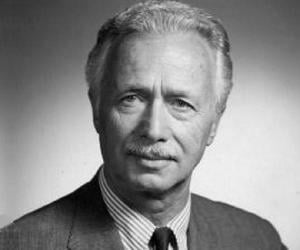
Pietro Belluschi was an architect credited with designing more than 1,000 buildings in an illustrious career spanning more than six decades. Belluschi went on to receive several prestigious awards including the AIA Gold Medal and the National Medal of Arts. As a jury member, Belluschi played a crucial role in selecting Maya Lin's competition-winning design for the Vietnam Veterans Memorial.
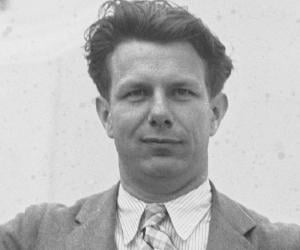
American theatrical and industrial designer, Norman Bel Geddes helped popularize “streamlining” as a distinct modern style. He influenced the design of major furniture, railroads, automobiles, and hotels. His revolutionary vision led to a collaboration with Max Reinhardt in the theatrical production of The Miracle. Among his most notable designs was Futurama exhibit at the New York World's Fair of 1939.
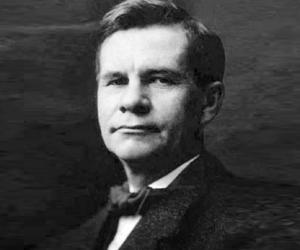
Furniture designer Gustav Stickley, best known for the Mission style of design, grew up on a farm and worked at his father’s stonemasonry. He was then apprenticed at his uncle’s Pennsylvania chair factory. He later launched the Craftsman Workshops and The Craftsman magazine and led the Arts and Crafts movement.
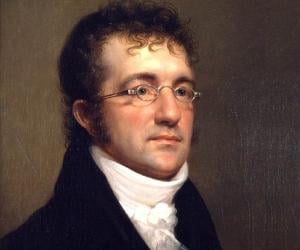
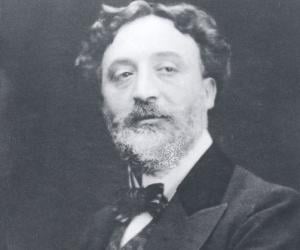
Hector Guimard was a French designer and architect. A popular exponent of the Art Nouveau style, Guimard is credited with designing several important landmarks, including Paris' first Art Nouveau apartment building, The Castel Béranger. Although Art Nouveau went out of style during the 1910s, Hector Guimard's works attracted critical acclaim in the 1960s, with art historians praising his architectural works.
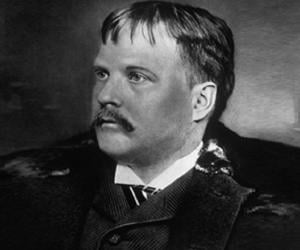
One of the founders of Chicago school of commercial architecture, John Wellborn Root is remembered for his innovative techniques and aesthetic designs. As chief designing partner of Burnham and Root, he paved the way for modern day skyscrapers. He developed floating raft system to support tall buildings on Chicago's marshy soil. He designed National Historic Landmarks like Rookery Building and Monadnock Building.
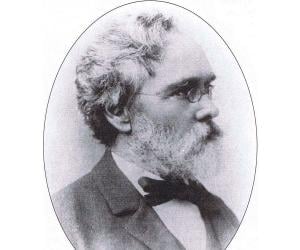
Though born to a London physician, Calvert Vaux didn’t follow in his father’s footsteps and apprenticed under architect Lewis Nockalls Cottingham instead. He grew up to be a master landscape designer and co-designed New York’s Central Park. His other great work was the Metropolitan Museum of Art.
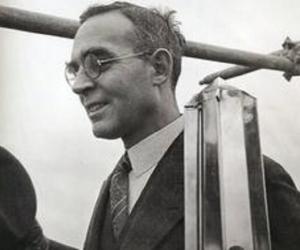
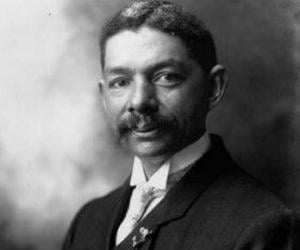
Robert Robinson Taylor made history when he became the first Black student at MIT and later also became the first African-American architect. His major projects included the Huntington Hall and the Carnegie Library Building at the Tuskegee Institute. The university’s Taylor School of Architecture is named after him.

Charles Garnier was a French architect best known for designing important landmarks, such as the Opéra de Monte-Carlo and Palais Garnier. Charles Garnier also designed several public and private buildings on the Italian Riviera and is thereby sometimes credited with turning the place into a tourist attraction.
